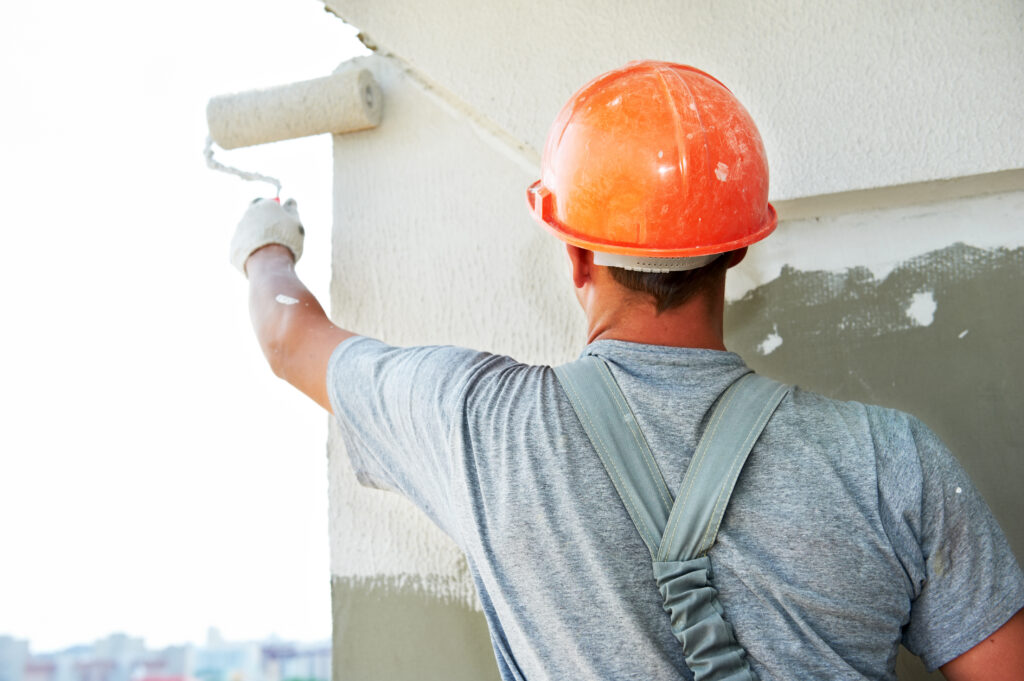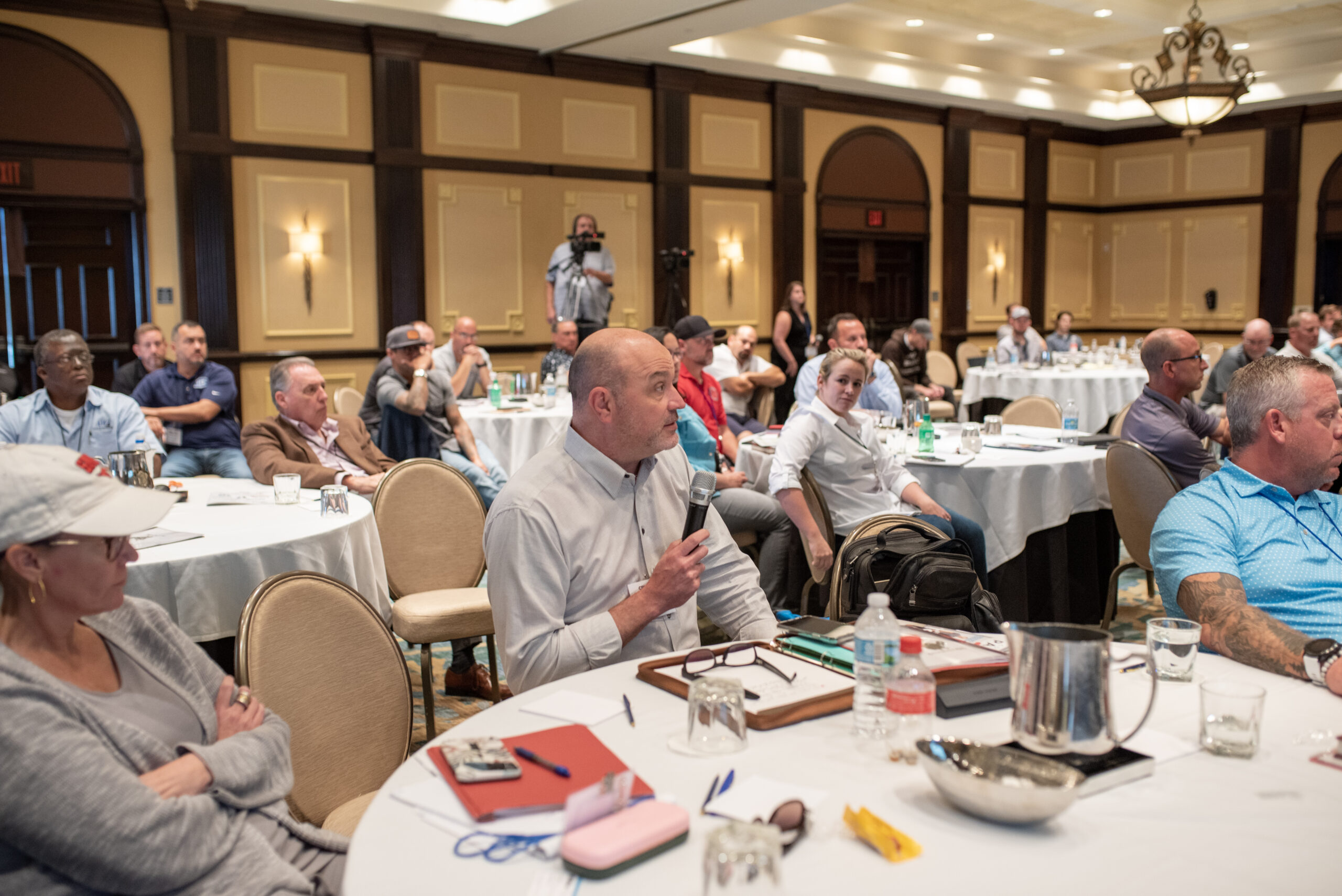The U.S. Department of Labor’s Occupational Safety and Health Administration has recently proposed several new worker safety standards for the industry, addressing issues with both heat exposure and personal protective equipment.

Worker Heat Standard Input
OSHA is currently urging small business owners and local government representatives to discuss the potential impacts of a workplace heat standard on small businesses.
According to the release, OSHA began developing a potential standard for workplaces—in which the agency has jurisdiction—to prevent heat illness and injury in outdoor and indoor environments in general industry and in the construction, maritime and agriculture industries.
As part of the process, OSHA held Small Business Advocacy Review Panel meetings this summer to gather views on the potential effects of a heat standard on small businesses.
The panel would reportedly be comprised of representatives from OSHA, the U.S. Small Business Administration's Office of Advocacy and the Office of Management and Budget's Office of Information and Regulatory Affairs.
OSHA added that, while the panel welcomes representatives from any industry, the group is interested particularly in collecting input from industries the agency expects would be most affected by a heat standard. These industries include agriculture, construction, landscaping, manufacturing, oil and gas, warehousing, waste management, utilities and food service, specifically in restaurant kitchens.
The meetings will be held in teleconferences where small businesses could share concerns and discuss current practices for protecting their employees from heat-related illnesses and injuries. The panel is also seeking input on how new heat regulations might impact their workplace operations or local business communities.
The discussions are reportedly open to the public.
The standard input was followed by a heat hazard alert from the administration in July, in an effort to remind employers of their obligation to protect their workers against heat illness or injury in both outdoor and indoor workplaces.
According to the Department’s release, this latest action came as historically high temperatures broke records and exposed millions of people to the serious dangers of heat in the workplace. As a result, President Joe Biden announced new actions to protect workers from extreme heat and new investments to protect communities.
OSHA said that it will intensify its enforcement where workers are exposed to heat hazards, with increased inspections in high-risk industries like construction and agriculture. According to OSHA, these actions would fully implement the agency’s National Emphasis Program on heat, announced in April 2022, to focus enforcement efforts in geographic areas and industries with the most vulnerable workers.
“Historically high temperatures impact everyone and put our nation’s workers at high risk,” said Acting Secretary of Labor Julie Su.
“A workplace heat standard has long been a top priority for the Department of Labor, but rulemaking takes time and working people need help now. Today, at the President’s request, the Occupational Safety and Health Administration issued a heat hazard alert to make sure employers follow current standards and that workers across the country know their rights. This action, combined with OSHA’s increased heat-safety enforcement efforts, shows that we are determined to protect the safety and health of millions of people whose jobs become more hazardous in harsh weather.”
According to U.S. Bureau of Labor Statistics, 436 people have died due to workplace heat exposure since 2011, with an annual average of 38 deaths between 2011 to 2019. An average of 2,700 cases involving heat illnesses lead to days lost at work, which OSHA said puts an additional economic burden on workers and employers.
Additionally, according to statistics, people who work in conditions without adequate climate-control face higher risks of hazardous heat exposure, and these situations disproportionately expose people of color to hazardous heat.
OSHA said that it uses hazard alerts to describe the hazard and offer recommendations on how hazardous exposures can be eliminated or reduced, and what actions employers should take to protect employees.
According to OSHA, the issued alert does the following:
- Highlights what employers can and should be doing now to protect employees;
- Ensures employees are aware of their rights, including protections against retaliation;
- Highlights steps OSHA is currently taking to protect workers; and
- Directs employers, employees and the public to crucial OSHA resources, including guidance and fact sheets on heat.
As the rulemaking process for a proposed heat-specific workplace standard continues, OSHA said that it had moved to protect workers from excess heat in the workplace by taking the following actions:
- Developing an enforcement initiative on heat-related hazards;
- Launching of a National Emphasis Program on heat inspections;
- Creating the National Advisory Committee on Occupational Safety and Health's Heat Injury and Illness Prevention Work Group to understand challenges and share best practices to protect workers; and
- Launching a Heat Illness Prevention campaign to educate employers and workers on the dangers of working in the heat.
Construction PPE Standard Proposal
Also in July, the DOL issued a notice of proposed rulemaking to clarify the personal protective equipment standard for the construction industry.
According to the release from OSHA, the current standard did not state clearly that PPE must fit each affected employee properly. However, OSHA’s general industry and maritime standards do.
The proposed rule change would reportedly clarify that PPE must fit each employee properly to protect them from occupational hazards. It would also align with the language in OSHA’s PPE standard for construction with standards for general industry and maritime.
“If personal protective equipment does not fit properly, an employee may be unprotected or dangerously exposed to hazards and face tragic consequences,” explained Assistant Secretary for Occupational Safety and Health Doug Parker.
“We look forward to hearing from stakeholders on this important issue as we work together to ensure that construction workers of all genders and sizes are fitted properly with safety gear.”
The administration said that PPE must fit properly to provide adequate protection to employees. Improperly fitting PPE may fail to provide any protection to an employee, present additional hazards, or discourage employees from using such equipment in the workplace.
OSHA reported that the failure of standard-sized PPE to protect physically smaller construction workers properly, as well as problems with access to properly fitting PPE, have long been safety and health concerns in the construction industry, especially for some women.
The proposed rule clarified the existing requirement, and OSHA did not expect the change will increase employers' costs or compliance burdens.
The existing requirement says that protective equipment including personal protective equipment for eyes, face, head, and extremities, protective clothing, respiratory devices, and protective shields and barriers, shall be provided, use, and maintained in a sanitary and reliable condition wherever it is necessary.
This is by reason of hazards of processes or environment, chemical hazards, radiological hazards, or mechanical irritants encountered in a manner capable of causing injury or impairment in the function of any part of the body through absorption, inhalation or physical contact.
Comments and hearing requests can be submitted online using the Federal eRulemaking Portal and reference Docket No. OSHA-2019-0003. These must be submitted by Sept. 18.




